READY TO GET STARTED?
REQUEST A FREE ESTIMATE
Fill out the form below or call (888) 466-7849 for a free, no-obligation estimate.
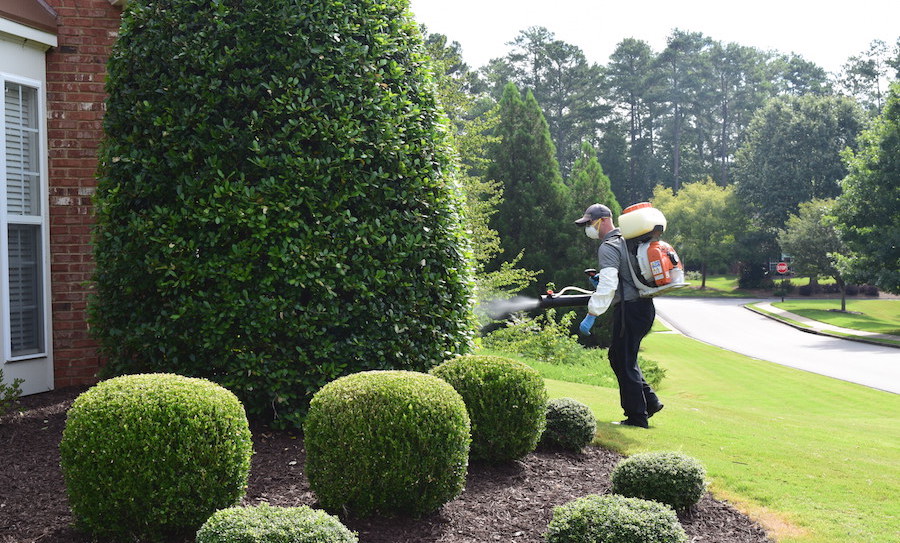
As the weather warms, mosquitoes are quick to ruin your outdoor fun. The climate in the southeastern United States is ideal for mosquitoes to thrive. In this area of the country, there is a long, warm rainy season, copious amounts of rain, and high humidity, all leading to ideal conditions for mosquitoes to breed. Mosquitoes prefer to lay eggs in standing or slow moving water. They also seek shelter and protection from tall grass, shrubbery, and low hanging branches.
Depending on where you live in the southeast, mosquito season typically runs from March to October. Mosquito eggs will hatch when temperatures are consistently above 50 degrees Fahrenheit. This is when mosquito season officially begins. When it comes to mosquitoes, prevention is key. It is important to have a plan in place before the season starts. There are several things you can do to prevent mosquitoes from taking over your property. Here are a few mosquito prevention tips you can use this season.
If mosquitoes are a big problem in your area, you may want to consider professional mosquito control treatments. It is best to spray these treatments when mosquitoes are active and humans and pets aren’t. This means it is usually best to spray in the morning or late afternoon when temperatures are cooler and the sun is not at its peak.
With mosquito treatments, a professional will come and inspect your property to identify any resting and breeding areas to help eliminate these pests. It is recommended that treatments be applied monthly during peak mosquito season. Green mosquito control is an eco-friendly alternative to traditional mosquito treatments. Green mosquito control utilizes products derived from flowers and bacteria rather than harsh chemicals. These products are only applied to areas where they are needed, limiting exposure to plants and other animals. Mosquito treatments work to reduce both adult populations and mosquito larvae.
If you have a problem with mosquitoes, contact your local pest control company for a free quote.
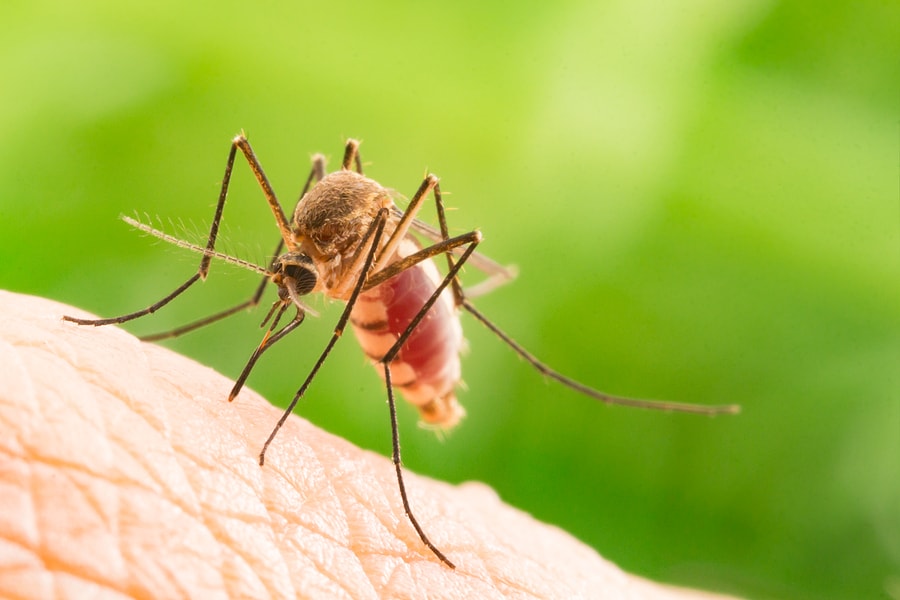
Mosquitoes thrive off heat and humidity! With summer officially here, mosquito season is in full swing, making your chances of getting bit by one of these pests very high. Mosquitoes are small and annoying and their bites can pose a serious health threat to both humans and animals. Every homeowner wants to protect their family and pets from these pests and what better way to do so with a green alternative via the In2Care Mosquito Trap!
How In2Care Works
In2Care is a perfect solution to help prevent and eliminate mosquitoes throughout your home and property. This trap is unique as it lures in mosquitoes with a special green treatment inside the trap. Once mosquitoes enter the trap, the treatment transfers to the mosquito’s legs, where it is then spread to other breeding sites, like standing water or flower saucers. The spread of the treatment eliminates adult mosquitoes but also prevents the larva mosquitoes from developing further.
The In2Care Benefits
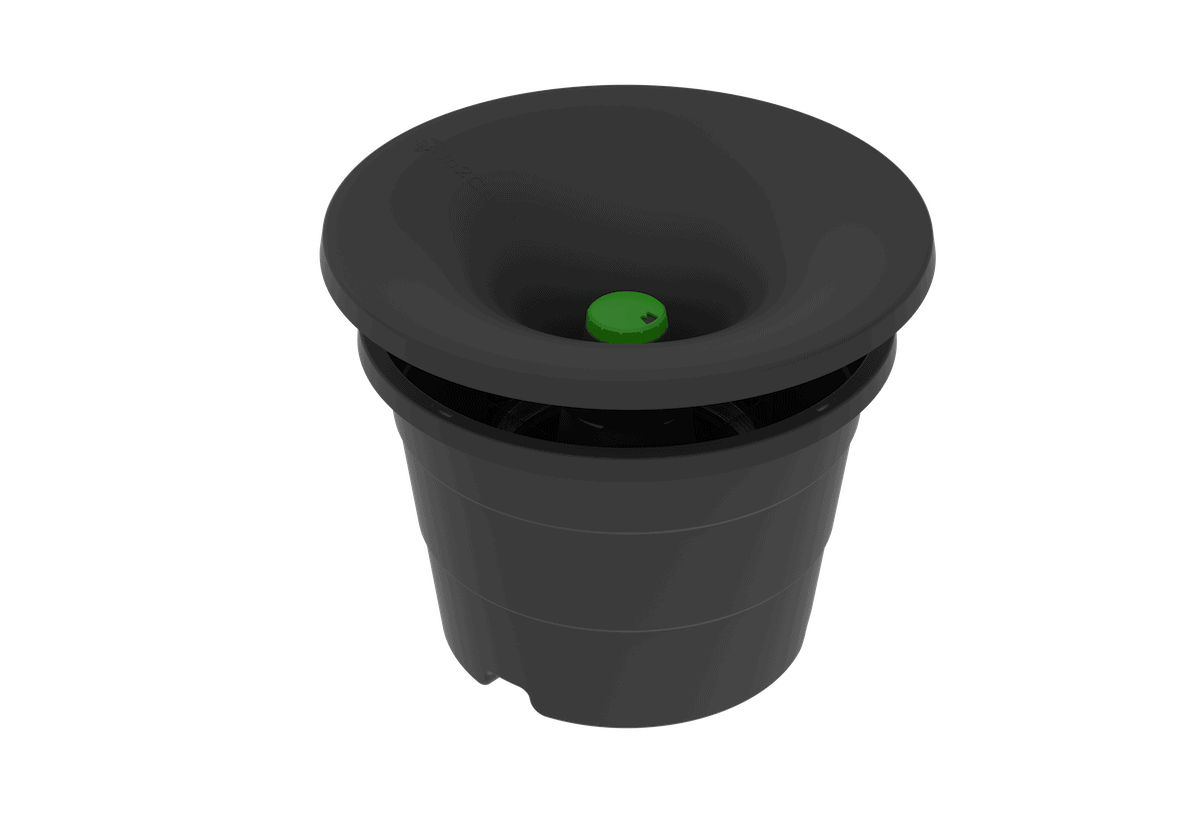
This trap is perfect for every residential home looking for a new, alternative green mosquito control method. Instead of spraying product around your yard, the trap is placed in a shaded, vegetated area where mosquitoes are likely to breed. The green treatment used to eliminate mosquitoes does not target beneficial pests and remains environmentally and pet friendly. In2Care provides your property:
Instead of constantly battling mosquitoes this summer, consider a new way in In2Care to rid mosquitoes and take back your yard!
If you’re interested in the In2Care System or would like more information, call 866-480-0947.
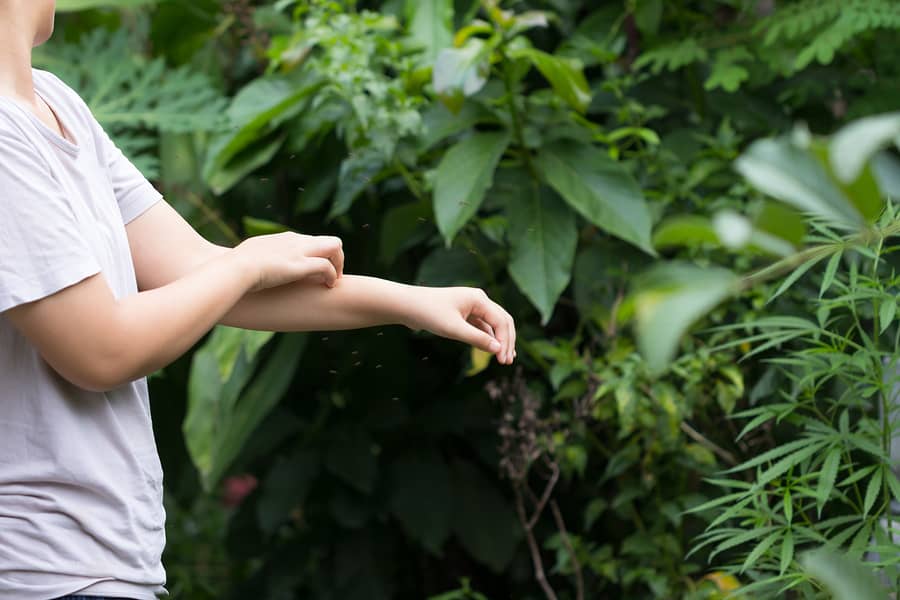
Humid, hot environments can be a major indication that mosquitoes are out and looking for a blood meal. Mosquito bites can be painful, creating an itchy, red welt on the skin. Depending on the person, mosquito bites could cause an allergic reaction too. While it’s inevitable to run into mosquitoes during these months, there are still ways to eliminate the chance of getting bitten.
When the weather is warm, humid, but perfect for being outside, it’s less likely that covering up is first thing you’ll think of doing. But, covering up is the most effective and easiest way to prevent mosquitoes from biting you. If you know you’ll be outside for some time, consider wearing long sleeves and pants as much as possible to cover your exposed skin. When preparing to spend time outdoors, consider wearing light-colored clothes. It’s known that mosquitoes are more attracted to darker colors, so wearing lightly colored clothing can help reduce the chance of being bitten.
If wearing long shirts and pants isn’t an option, another alternative is using insect repellant. Insect repellants are great to use when the weather is particularly hot and humid. It’s suggested that the best type of repellent to use is those that contain DEET. DEET has proven to be highly effective at repelling mosquitoes and other biting insects. It can help protect from mosquito-borne diseases such as Zika Virus, West Nile, and Encephalitis.
Whatever activities or plans you have while outside if the weather is hot, your body temperature will elevate. Staying cool and avoiding high body temperatures is impossible in the humid heat but it’s still important to try and keep cool as much as you can, since mosquitoes are highly attracted to elevated body temperatures. If you’ll be outside for a while in the heat, consider using portable fans, cold rags on your neck or forehead, and drink plenty of water throughout the day. Or consider planning your day around peak mosquito time which is in the late afternoon and evening.
It’s inevitable to run into mosquitoes in the spring and summertime and sometimes prevention isn’t enough. If you’ve gotten bitten one too many times, consider calling your local pest control company where they can provide you with an inspection and offer an effective mosquito treatment plan.
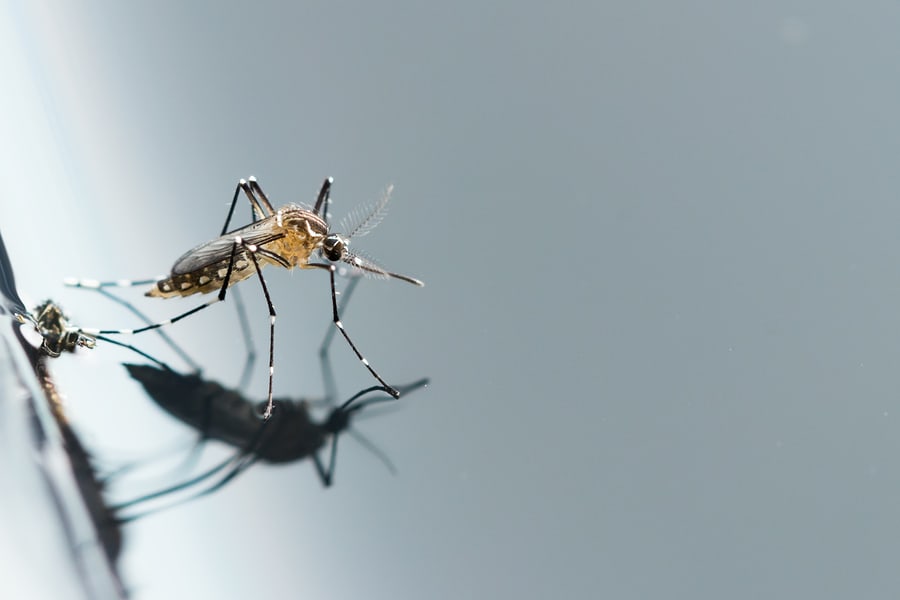
Heat and humidity create an ideal environment for mosquitoes. With Spring here and Summer just a few months away, mosquito season has officially arrived. Mosquitoes are small, annoying, and their bites can pose serious health risks to humans. Every business wants to assure customers that their space is safe, and what better way to do so than with a no-spray solution for mosquitoes.
The In2Care mosquito trap is a perfect way to help prevent and eliminate mosquitoes throughout your entire property. This trap is unique, unlike any other, as it lures in mosquitoes with a special green treatment inside the trap. Once mosquitoes enter the trap, the treatment transfers to the mosquito’s legs, where it’s then spread to other breeding sites, like standing water or flower saucers. The spread of the treatment eliminates adult mosquitoes but also prevents the larva mosquitoes from developing further.
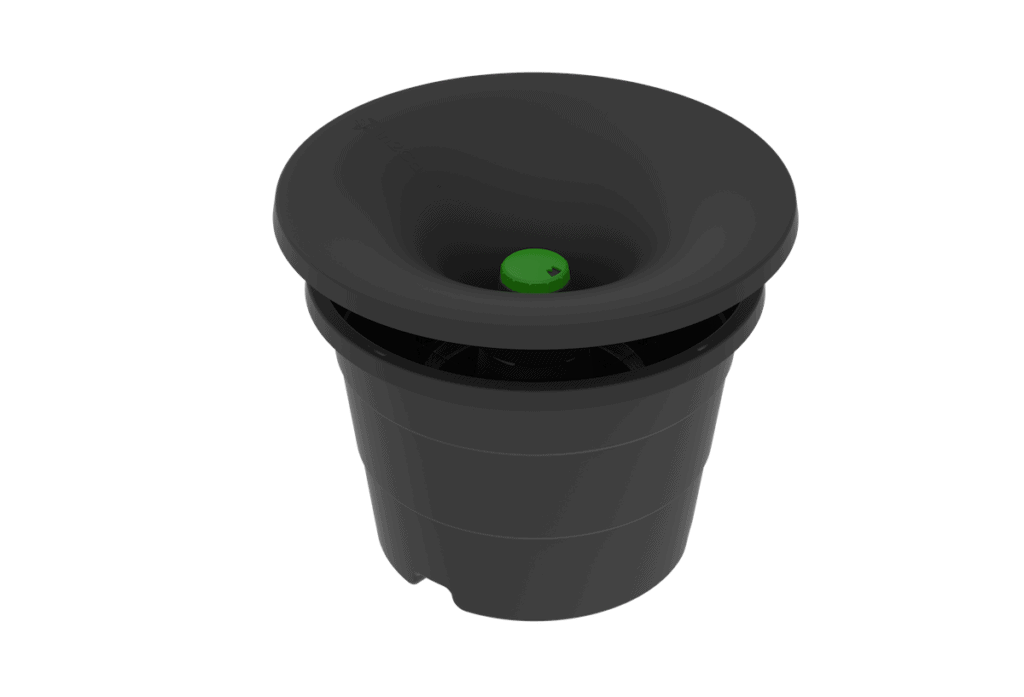
This trap is perfect for businesses who are looking for an alternative green way for mosquito relief. Instead of spraying product around a property, the trap is placed in a shaded, vegetated area where mosquitoes are likely to breed. The green treatment used to eliminate mosquitoes does not target beneficial pests and remains environmentally and pet friendly.
As each business prepares for the dreaded mosquito season, giving your customers a green, no spray solution to keep them protected against mosquitoes provides peace of mind.
If your business is interested in our In2Care System, call our our Commercial Team at (888) 466-7849 or schedule a free inspection now.
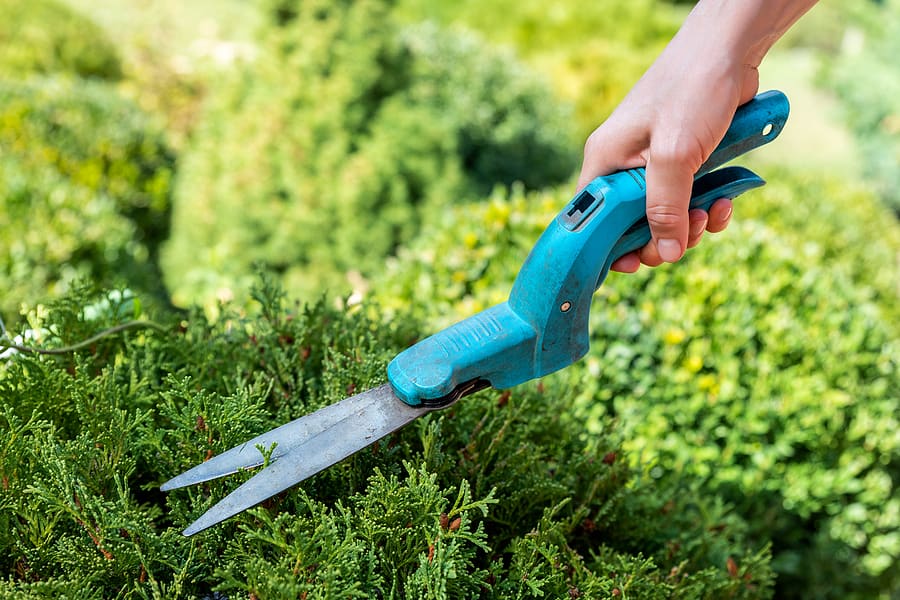
It’s safe to say that mosquitoes are a major nuisance pest during the spring and summer months. These pests can quickly ruin a backyard barbeque with their incessant swarming and biting of your guests! Before peak mosquito season hits and their activity increases, prep your yard early to prevent mosquitoes.
Eliminate Breeding Sites
The elimination of breeding sites is essential to preventing mosquitoes. Mosquitoes breed in stagnant water. If there has been a recent thunderstorm, it’s likely that objects in your yard are holding water. Items that can hold water include toys, buckets, outdoor pet bowls, and tire swings are all perfect places for mosquitoes to breed. Other objects meant to hold water, such as fountains or birdbaths, can also attract mosquitoes. Removing these objects or making sure to empty them of water will help eliminate the chance of mosquito infestations during the warmer months.
Clean Up Clutter
Leaves and debris after a thunderstorm can cause clogged gutters, resulting in the perfect place to breed mosquitoes. Ensure that your home’s gutters are clear of debris, especially after it’s been raining. Consider installing gutter guards that save you time, reduces the risk of injuries, and helps prevent mosquitoes and other pests. Mosquitoes also like to hide in tall grass and shrubbery. It’s crucial to maintain your grass and shrubs, keeping both trimmed and the grass cut short.
Call the Pros
Mosquito control and prevention can sometimes feel like a never-ending battle. A professional pest control company can provide homeowners with a customized prevention and treatment plan to help eliminate these pests. Being proactive and starting mosquito treatments now will help in controlling mosquitoes during peak season!